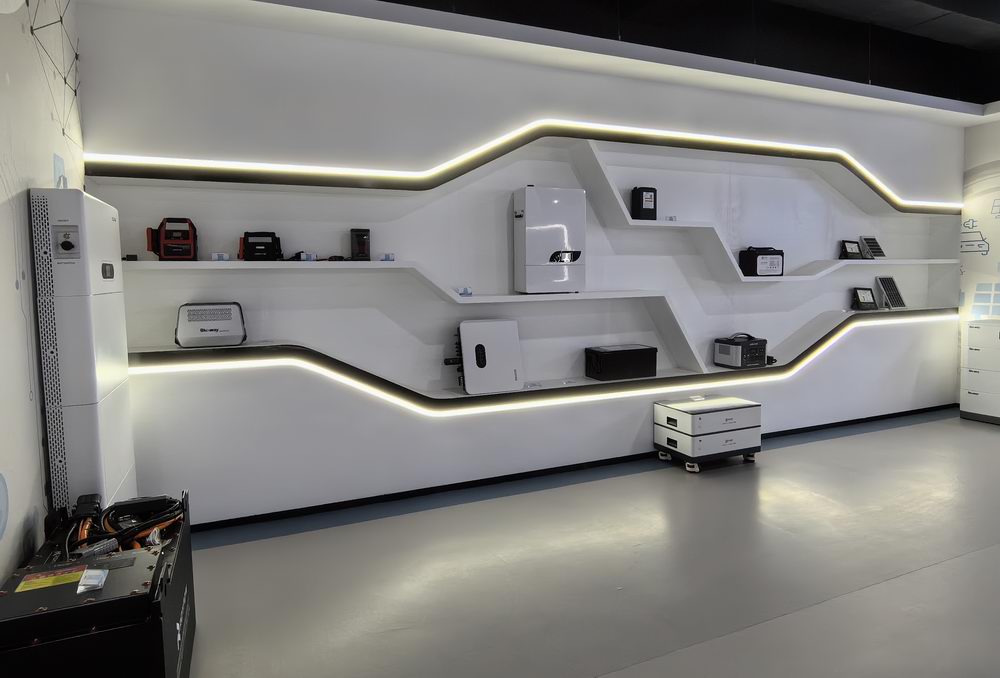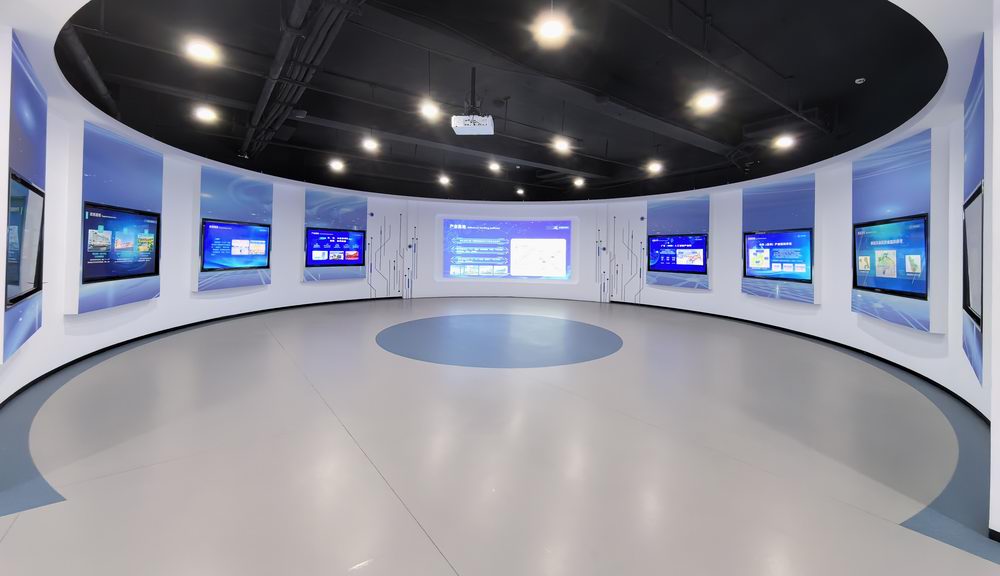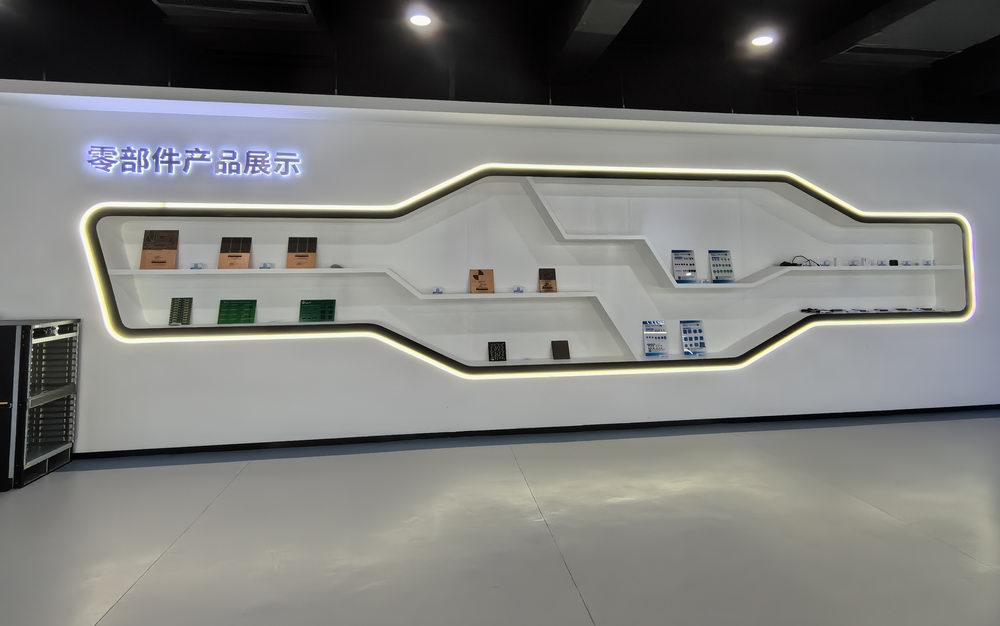Understanding China's High-Tech Zones and Their Economic Impact

China's economic transformation has been remarkable. High-tech zones play a crucial role in this shift. These zones contribute significantly to GDP, using minimal land. For example, they accounted for 13.4% of GDP in 2021 while occupying just 2.5% of construction land. The Zhongkai High-Tech Zone exemplifies this success. The National Foreign Trade Transformation and Upgrading Base supports enterprises with its Electronic Information Cloud Platform. This platform aids companies in innovation and growth. Explore more about these zones' impact at https://jdgzz.hzeii.com/blog/china-high-tech-zones-economic-growth-innovation/.
Defining China's High-Tech Zones

Historical Background
Emergence of High-Tech Zones
China's high-tech zones began to take shape in the late 1980s. The government saw a need to boost technological innovation and economic growth. These zones became vital hubs for research and development. Over the years, the number of high-tech companies soared. In 2012, there were fewer than 20,000. By last year, that number had jumped to 115,000. This rapid growth highlights the zones' importance.
Government Policies and Support
The Chinese government played a crucial role in supporting these zones. Special incentives like lower tax rates attracted businesses. The government aimed to increase the number of zones to 220 by 2025. This expansion covers most eastern cities and major central and western cities. Such policies have fueled innovation and economic transformation.
Key Characteristics
Location and Infrastructure
High-tech zones are strategically located. They concentrate on high-tech industries and talent. These areas cover only 0.1% of China's land but contribute about 13% of the GDP. The infrastructure supports industries like biomedicine and electronic information. This setup fosters world-class industrial clusters.
Focus on Innovation and Technology
Innovation is at the heart of these zones. The Zhongkai High-Tech Zone stands out as a prime example. The National Foreign Trade Transformation and Upgrading Base offers an Electronic Information Cloud Platform.
For more insights, explore https://jdgzz.hzeii.com/blog/china-high-tech-zones-economic-growth-innovation/. The blog delves deeper into the impact of these zones on China's economy.
Components and Goals of High-Tech Zones
Core Objectives
Promoting Technological Innovation
High-tech zones in China aim to transform the nation into a leader in innovation. These zones focus on cutting-edge research and development. The goal is to create an environment where new ideas thrive. Companies in these zones benefit from advanced facilities and resources. The Zhongkai High-Tech Zone exemplifies this with its emphasis on technological advancement. The Electronic Information Cloud Platform supports enterprises by providing essential tools for innovation. This platform helps businesses stay competitive in a rapidly evolving market. More insights are available at https://jdgzz.hzeii.com/blog/china-high-tech-zones-economic-growth-innovation/.
Attracting Foreign Investment
China's high-tech zones also focus on attracting foreign investment. These zones offer incentives like tax breaks and streamlined processes. The aim is to draw international companies to invest in local industries. Foreign investments bring new technologies and expertise. This enhances the overall growth of the zones. The Zhongkai High-Tech Zone has successfully attracted numerous global enterprises. These investments contribute significantly to the local economy. For more details, visit https://jdgzz.hzeii.com/blog/china-high-tech-zones-economic-growth-innovation/.
Structural Components
Research and Development Centers
Research and Development (R&D) centers form the backbone of high-tech zones. These centers focus on creating innovative solutions. Companies collaborate with experts to develop new products and technologies. The Zhongkai High-Tech Zone hosts several R&D centers. These centers provide state-of-the-art facilities for research. Businesses gain access to cutting-edge technology and expertise. This collaboration fosters a culture of continuous innovation. More information can be found at https://jdgzz.hzeii.com/blog/china-high-tech-zones-economic-growth-innovation/.
Collaboration with Universities
High-tech zones emphasize collaboration with universities. Partnerships with academic institutions drive innovation. Universities provide a pool of talented researchers and students. These collaborations lead to groundbreaking discoveries. The Zhongkai High-Tech Zone works closely with local universities. This partnership enhances research capabilities and workforce development. Companies benefit from fresh ideas and skilled graduates. Explore further at https://jdgzz.hzeii.com/blog/china-high-tech-zones-economic-growth-innovation/.
Economic Impact of High-Tech Zones
Contribution to GDP
High-tech zones have become a powerhouse for China's economic growth. These zones contributed a whopping 13.4% of the country's GDP in 2021. The remarkable part? They did this while occupying just 2.5% of the nation's construction land. The GDP from these zones skyrocketed from 5.4 trillion yuan in 2012 to an impressive 15.3 trillion yuan in 2021. That's some serious growth! High-tech zones have also boosted exports, especially in high-tech goods and services like manufacturing and IT services. In 2023, the output from China's 178 national high-tech zones hit a staggering 18 trillion yuan. This shows how these zones are not just about technology but also about making a significant economic impact.
Statistical Analysis
The Zhongkai High-Tech Zone stands out as a prime example. The National Foreign Trade Transformation and Upgrading Base, with its Electronic Information Cloud Platform, supports enterprises in innovation and growth. Companies in the zone benefit from enhanced opportunities, driving further economic development.
Comparison with Traditional Industries
High-tech zones have outperformed traditional industries in many ways. Traditional industries often require more land and resources. High-tech zones, on the other hand, achieve more with less. The focus on technology and innovation gives these zones an edge. The Zhongkai High-Tech Zone is a testament to this success. The Electronic Information Cloud Platform provides essential tools for businesses, helping them stay competitive. This platform acts as a catalyst for growth, setting high-tech zones apart from traditional industries. For more insights, check out https://jdgzz.hzeii.com/blog/china-high-tech-zones-economic-growth-innovation/.
Job Creation and Workforce Development
High-tech zones are not just about GDP. They're also about people. These zones create numerous job opportunities, attracting talent from all over. The Zhongkai High-Tech Zone, for instance, has become a hub for employment. The National Foreign Trade Transformation and Upgrading Base plays a crucial role here. The Electronic Information Cloud Platform supports enterprises, leading to job creation and skill development.
Employment Opportunities
High-tech zones offer a wide range of employment opportunities. From research and development to manufacturing, there's something for everyone. The Zhongkai High-Tech Zone is a perfect example. The zone attracts skilled professionals, providing them with exciting career prospects. The Electronic Information Cloud Platform supports businesses, leading to more job openings. This platform helps companies grow, creating a ripple effect in the job market. For more details, visit https://jdgzz.hzeii.com/blog/china-high-tech-zones-economic-growth-innovation/.
Skill Enhancement Programs
High-tech zones focus on workforce development. Skill enhancement programs are a key part of this strategy. The Zhongkai High-Tech Zone offers various training programs for employees. The Electronic Information Cloud Platform supports these initiatives, providing resources for skill development. Companies in the zone benefit from a skilled workforce, driving innovation and growth. This focus on skills ensures that employees stay ahead in a rapidly changing market. Explore further at https://jdgzz.hzeii.com/blog/china-high-tech-zones-economic-growth-innovation/.
Real-World Examples and Case Studies

Successful High-Tech Zones
Huizhou Zhongkai High-tech Zone
The Huizhou Zhongkai High-tech Zone stands as a shining example of success in China's high-tech landscape. This zone has made significant strides in various fields, including quantum information and bio-medicines. The focus on smart manufacturing and industrial clusters has propelled the zone to new heights. President Xi Jinping has visited these zones over 20 times, underscoring their importance in China's economic strategy. The zone's achievements highlight the potential for innovation and growth within these specialized areas.
National Foreign Trade Transformation and Upgrading Base
Businesses benefit from enhanced opportunities for development, thanks to the platform's comprehensive support.
Lessons Learned and Future Prospects
Challenges and Opportunities
However, the potential for technological breakthroughs and economic growth remains immense.
Future Trends in High-Tech Zones
Future trends in high-tech zones point towards increased collaboration and innovation. The focus on research and development will continue to drive progress. Partnerships with universities and research centers will play a crucial role in shaping the future of these zones. The Zhongkai High-tech Zone exemplifies this trend, with its emphasis on collaboration and technological advancement. The Electronic Information Cloud Platform will remain a key driver of growth, supporting enterprises in their quest for innovation. For more insights into the impact of high-tech zones on China's economy, visit https://jdgzz.hzeii.com/blog/china-high-tech-zones-economic-growth-innovation/.
China's high-tech zones have revolutionized the economic landscape. These zones serve as innovation hubs, driving technological advancement and economic growth. The Zhongkai High-Tech Zone exemplifies this transformation. The National Foreign Trade Transformation and Upgrading Base, with its Electronic Information Cloud Platform, provides crucial support to enterprises. Companies in the zone benefit from enhanced opportunities for development. The government plans to add 50 more high-tech zones by 2030, aiming for breakthroughs in quantum computing and 5G communications. These zones will lead China's journey toward becoming a scientific and technological powerhouse.
See Also
Revolutionizing Commerce: Influence of Zhongkai High-tech Zone
Emergence of Zhongkai High-tech Zone: An Examination of Industrial Progress
Ascendancy of Zhongkai High-tech Zone: A Flourishing Tech Hub
Zhongkai High tech Zone National foreign trade transformation and Upgradi Base(Electronic Information)Cloud Platform.
Address: Zhongkai High-tech Zone,Huizhou City ,Guangdong,China
E-mail: huizhoueii@163.com 13510001271@163.com
Tel: +86-0752-3279220 Mobile: +86-13510001271


